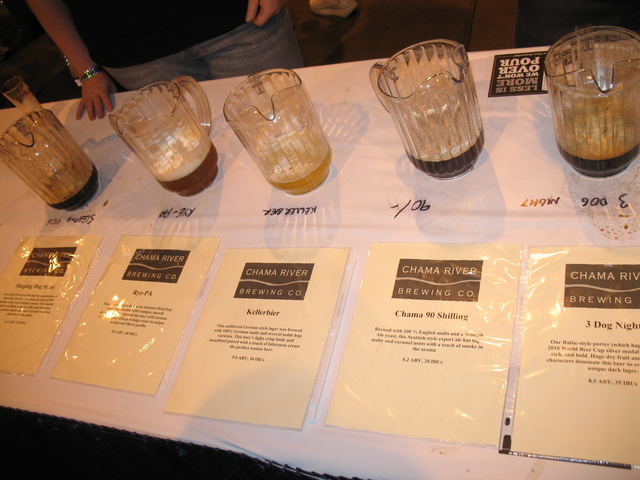You’ve Got Ale: New Mexico Breweries Tackle America's Largest Beer Fest
New Mexico Breweries Tackle America's Largest Beer Fest


Adam Galarneau, general manager at Rio Rancho’s Turtle Mountain Brewery, represents the 505.
ABQ Beer Geek

Chama River sets out samples, including its gold-winning 3 Dog Night Porter.
ABQ Beer Geek

Il Vicino lines up its food-friendly brews.
ABQ Beer Geek

Colorado’s Breckinridge Brewery pours tasters for visitors at its facility.
ABQ Beer Geek









